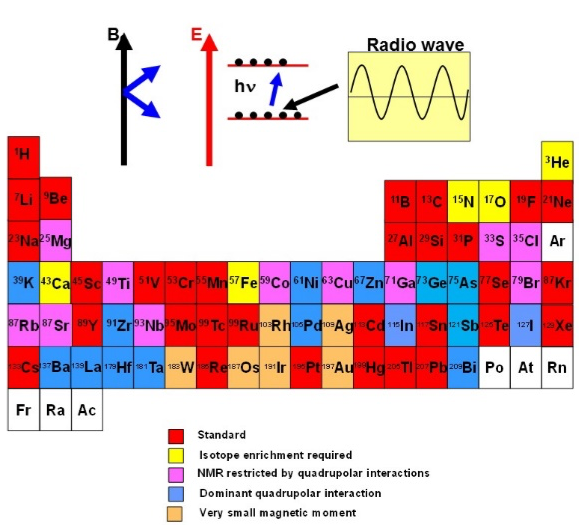Modern Materials Science is based on the development of new chemical systems for specific technological applications, exploring the correlation between functional physical properties and dynamical and structural properties of disordered solids. This effort requires the development of qualitative concepts based on experimental data about the material’s structural organization. From its development, over 70 years ago, magnetic resonance methods – NMR (Nuclear Magnetic Resonance) and EPR (Electronic Paramagnetic Resonance) – have proved its efficacy and potential for the structural description of disordered materials. Since the spectra can be appreciably influenced by the local electronic and magnetic environment of the spins (probes) of the electrons and nucleus, they can offer structural information in the sub-nanometrical scale. This is the critical scale at which loss of correlation in the differentiation between amorphous materials and perfect crystals is observed. Also, at this scale, specific intermolecular interactions introduce new correlations in hybrids and nanocomposite materials. Due to its inherent quantitative nature, NMR methods offer – unmatched by other spectroscopy techniques – a detailed numerical description of local environments, bonding connectivity and interatomic statistical distribution, calculated as an average over all the bulk material. Finally, due to the element-selective character of NMR and EPR spectra, these methods can provide relevant information about compositionally complex materials and/or materials that contain a very low concentration of the species of interest. Currently, the group works on a variety of research projects in the areas of oxide, fluoride and oxyfluoride glasses and glass-ceramics. Even though many of our systems enjoy interesting optical and electrical properties (ionic conductivity, luminescence, etc.), our goals are beyond developing new functionalities. We are concerned with understanding how the structural organization can be controlled by a proper choice of composition and preparation method so the functional and physical properties of the material can be influenced. For example, for glass synthesis both traditional melt-quenching and sol-gel methods are used. For structural elucidation we make use of the complete solid-state NMR inventory of techniques, including outcomes of our own research, to analyze the dipole-dipole internuclear interactions dependence on distances and bonding geometries, thus acquiring a comprehensive improvement of structural descriptions of the materials developed and studied at LEMAF.

Solid-state NMR scheme and nuclei accessibility in the periodic table.

